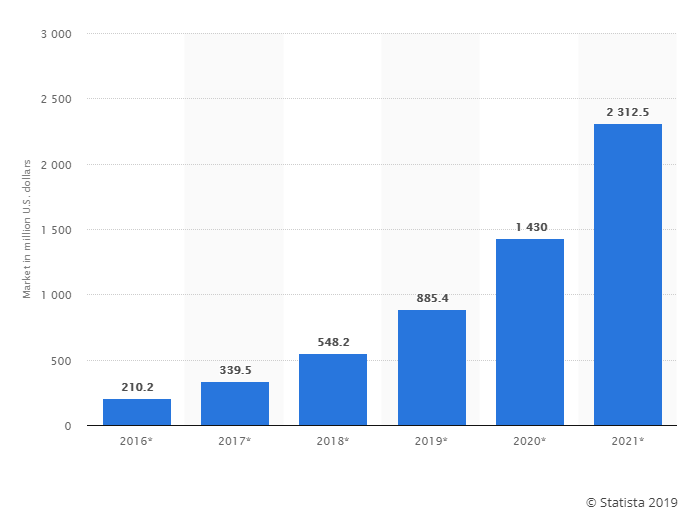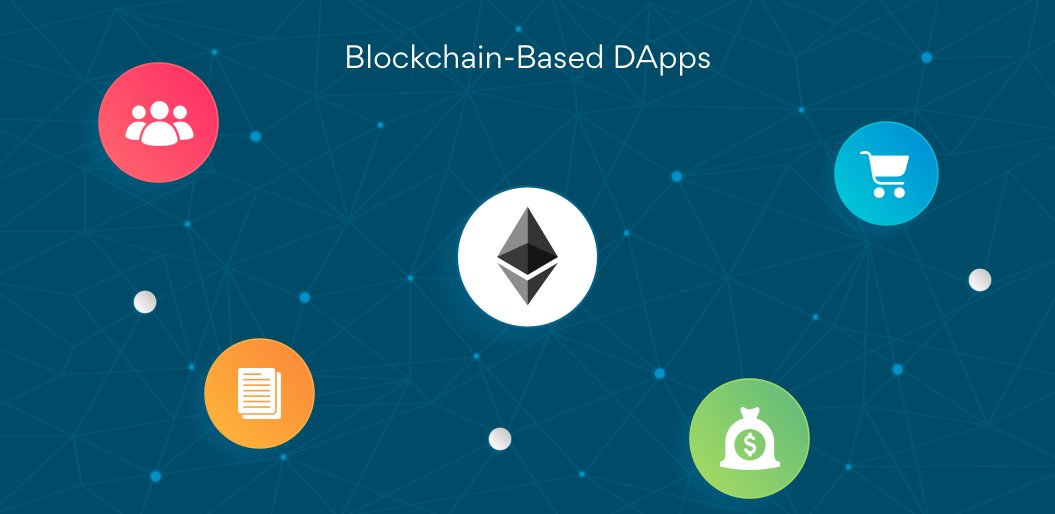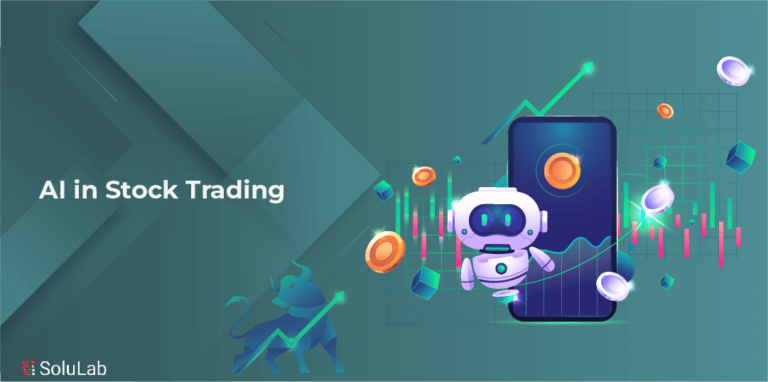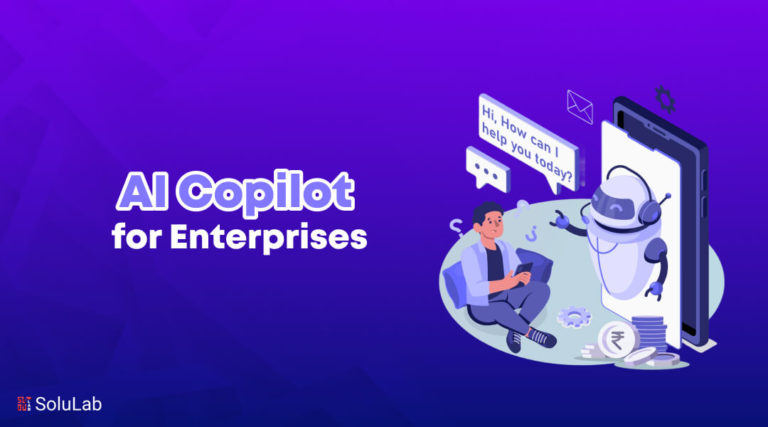Although Bitcoin was invented 10 years ago, it has led us to the blockchain very quickly. Indeed, the blockchain is one of the most important technological revolutions of the last decade. What all enterprise blockchain platforms you should watch for in 2020?

The blockchain development technology is still at its infancy but it is evolving at a fast rate. Moreover, most of the world is curious about this complex technology. Besides, people are still trying to understand the more fundamental concepts about blockchain. Well, what are those blockchain trends that we must look out for in 2019? What are the new enterprise blockchain platforms you must choose? What does the blockchain market look like presently? Let us take a look.
Enterprise Blockchain Platforms To Watch For In 2020
According to Statista, the market for blockchain technology will reach 339.5 million U.S. dollars in size by 2021.

In fact, it is forecast to grow to 2.3 billion U.S. dollars by 2021. It is clear that the blockchain market is bound to grow in the coming years. Before blockchain becomes a part and parcel of our lives, why not know of the upcoming trends?
Crypto Apps with user traction
We all know that 2017 was about ICOs. But, 2018 was all about the survival of bitcoins and blockchain. So, what will 2019 be all about? Well, dApps might be a game-changer in 2019 even though they had a tiny audience in 2018. In fact, there is a high possibility to see the first multi-million user dApps in 2019. Also, those days are not far when non-crypto geeks will begin performing their transactions in cryptocurrencies.
As per DappRadar, the most popular Ethereum dApps have had a small number of daily active users in 2018.
However, if we look at the positive side of this, we can see that a new breed of crypto apps is emerging. Let’s take a look at some of these apps:
Brave Browser: This application has more than 10 million installs in the Google Play store. Moreover, it also makes it very easy for users to earn and spend cryptocurrencies like the Basic Attention Token (BAT). In fact, one can earn crypto only by using their favourite sites.

Also, Brave helps in replacing the dangerous tracking ads with ads that would not track your behaviours. In exchange, you can earn BAT automatically.
Sliver.tv: The Sliver.tv is a video game streaming site. It allows live streaming of gaming sessions that video game players can do for other game lovers to watch. With the integration of Theta cryptocurrency, viewers can also earn cryptocurrency by watching streams. They can also earn through sharing of their network bandwidth with other viewers. Though Sliver.tv is a very good start, it uses a centralized and custodial wallet. Also, users cannot withdraw funds easily.
Bitcoin Mining And Fiat-crypto Exchanges
Today, there is an increase in competition among mining companies with decreasing demand. Moreover, an interesting fact is that the first blockchain companies that had gone public were actually bitcoin mining companies like Bitmain.
But, mining companies are facing a lot of environmental issues. So, Bitcoin uses a unique consensus mechanism to secure its blockchain which is called “proof-of-work”. This again depends on a huge amount of energy consumption. However, if more developers work on blockchains and use proof-of-stake consensus mechanisms, mining companies can lose revenues.
According to CBInsights reports, mining companies are moving to other sectors for keeping up with the downfall.
In fact, a bitcoin mining giant called Bitfury raised a whopping $80 million for expanding into “adjacent markets”. These markets include various areas like artificial intelligence. Also, Bitmain has shifted to AI as an area of expansion.
The trend of falling crypto prices in 2018 has given birth to fiat-crypto exchanges. In fact, most people know the crypto world through exchanges only. So, the trend for 2019 will be focussing on major crypto-fiat exchanges now. This will also help in fending off competition from larger and more traditional players. However, the situation remains doubtful as it also depends on the fact if big financial companies will take over from here, or not. Also, it is not clear if fiat-crypto exchanges will stop depending on speculation to drive revenues.
dApp platforms

Decentralised applications play a huge role as crypto space will add value to the internet. You may ask how can dApp platforms reshape the game in 2019. But, what is a dApp? Well, it is nothing but a short form for decentralized application. They are different from centralized applications as they control the user’s data.
For instance, banks have the sole right to lend your money to anyone (through loans) and can freeze your accounts. But, decentralised apps can empower the end users in a better way by giving full control. Let’s take a look at some of the advantages of dApps:
- They don’t store all the data of the user in a centralized database. But, they depend on blockchain technology and use decentralized databases.
- dApps can allow you to control your own data including identity, currency, and data.
- As dApps need to transact values across the network, they usually depend on the blockchain. Thus, they use crypto-technologies like Bitcoin, Ethereum, Waves, etc. This is because they have to interface with a wallet for authorizing transactions. Besides, built-in wallets like the Sliver.tv handle the private keys on their own while other browsers like Brave directly integrate wallets.
- The best dApps connect to databases and load quickly. Also, they don’t require user approval for every little transaction taking place on the blockchain.
Some dApp platforms
The user experience of dApp platforms is getting better as there is no need for confusing browser extensions now. With much better UX and integrations with Web3 API, such browsers can efficiently use the Ethereum blockchain. Some popular browsers are discussed below.
- Trust: This is a popular Web3 browser that has been recently acquired by Binance.
- Coinbase wallet: Another Web3 browser that was known as Toshi until Coinbase acquired it after the Trust acquisition.
Smart Contract Platforms
It is well-known that Solidity has been the ruler of the smart contract programming language ecosystem since its origin. Moreover, it is synonymous for smart contract programming on the Ethereum Virtual Machine (EVM).
But, Solidity is not perfect and has its own share of issues like arithmetic overflows, underflows, type errors etc. Not to mention the delegate call vulnerability that led to the freezing of a whopping $300 million. All these issues exist at the programming language level. Thus, a better programming language can solve problems to create more secure smart contracts.
Some of these languages are:
- Waves RIDE. This is a Turing incomplete language with no loops or recursion. It is actually a Haskell-inspired functional programming language for the Waves blockchain. It has many features static types, pattern matching, lazy evaluation and predicate expression. These are used to determine if a transaction is allowed to complete or not. Also, the Waves’ smart contracts support is live on mainnet. That is why there is a high possibility to see the first Waves dApps appear in 2019.
- Scilla (Zilliqa): The Scilla is a formally verified smart contract language. This has been designed with a separation of computation and effects in mind. Moreover, it also means that calculations and communication among state transitions are isolated in a strict manner. This makes the smart contracts on Scilla much easier to test. It also gives validation for minimizing the chances for something to go wrong. Furthermore, the mainnet of Zilliqa is scheduled to launch by the end of January 2019.
<Similarly, there are other contract languages and blockchain development patterns like ewasm, Plutus, JavaScript(Lisk) and Rust too.
Decentralized Compute Services (AWS for dApps)
Well, those days are not far when you might not even need smart contracts for producing a production dApp in 2019. Besides, most of the dApp developers create nodes for taking data from blockchains. This data is pulled into a database that one can query efficiently. This is not a good way of handling it as it adds a lot of maintenance burden to crypto apps. However, database services like The Graph make it much easy for querying blockchain data with GraphQL. Also, the decentralized nodes aid in aggregating blockchain data which is in turn supported by IPFS.
But, you can easily send compute jobs to iExec. Also, one can easily handle rendering of intense graphics with the Render Token too. As many protocol tokens like these are popular, it is vital to have some cross chain atomic swaps. This will ensure the exchange of tokens across multiple blockchains.
Besides, you can also use verifiable claims. These can be batched and anchored to the blockchain of your choice for recording any kind of data. In fact, this data includes adding ownership details and transfer of assets like real estate, car titles etc.
Moreover, one can store such claims, supporting files, and database records on IPFS or Storj.
Signing off…
Well, that was a lot for someone who must not have expected much from blockchain in 2020. But, the blockchain technology is really promising and you must never be afraid of the revolution it can bring in our lives and market scenario. Having known of all these upcoming trends, aren’t you excited for a major change in the blockchain industry and enterprise blockchain platforms? If you are an entrepreneur, which enterprise blockchain platforms will you opt for?




